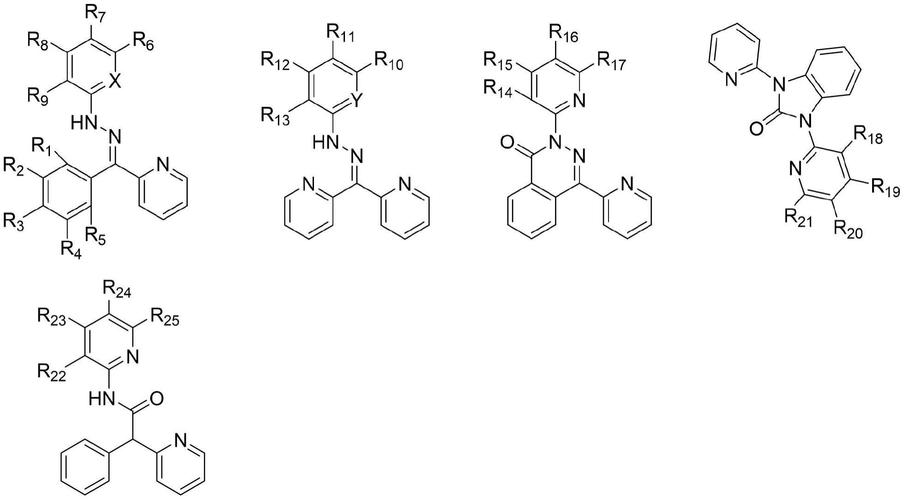 Mandimycin, an antifungal compound with an entirely new mechanism of action, was China Pharmaceutical University and biosynthesized from microbial genomes by a team from the university and Shandong University. This compound exhibits potent and broad-spectrum bactericidal activity against a variety of multidrug-resistant fungal pathogens, and is expected to become a new“Weapon” to defend against drug-resistant fungal pathogens. The results were recently published in the international academic journal Nature.
Mandimycin, an antifungal compound with an entirely new mechanism of action, was China Pharmaceutical University and biosynthesized from microbial genomes by a team from the university and Shandong University. This compound exhibits potent and broad-spectrum bactericidal activity against a variety of multidrug-resistant fungal pathogens, and is expected to become a new“Weapon” to defend against drug-resistant fungal pathogens. The results were recently published in the international academic journal Nature.
In this latest study, the team proposes a natural product discovery strategy that focuses on the polyene Macrolide family. This family was selected for its diverse structure, strong antifungal activity, broad spectrum, and low likelihood of drug resistance.
To this end, the team built a huge database of 316,000 microbial genomes, collecting more than 1.7 million sequences of biosynthetic gene clusters, the key biosynthetic gene clusters were identified by bioinformatics.
Through a complex biosynthesis process, the team succeeded in producing the antifungal compound Mandimycin. “The study shows that Mandimycin can target a variety of phospholipid molecules, leading to the efflux of important ions and thus effectively damaging fungal cell membranes,” said Wang zongqiang, China Pharmaceutical University professor and co-corresponding author of the paper, the compound not only kills drug-resistant fungi, but also significantly reduces the potential side effects of sterols targeted by traditional polyene.
Further research by the team found that Mandimycin showed significant China Pharmaceutical University activity against almost all fungi, said lead author Deng Qisen, a doctoral candidate at the National Key Laboratory of multi-target natural medicines.
Wang Zongqiang believes that Mandimycin has great development potential and is expected to become a new generation of antibiotics to deal with clinical drug-resistant fungal infections, but its mechanism of targeting phospholipids may also bring potential safety problems. “We will continue to explore the selective targeting mechanism and comprehensively evaluate its clinical safety and efficacy,” Wang said.